AI Outreach Tool: Revolutionize Your Marketing with Automation
An AI outreach tool is a software application that employs artificial intelligence to optimize communication strategies, automate outreach processes, and improve engagement rates with potential customers. These tools enhance sales performance by personalizing messages, streamlining workflows, and providing actionable insights that help sales teams effectively manage their customer interactions.
Why Use an AI Outreach Tool?
In today’s fast-paced digital landscape, traditional methods of outreach are becoming less effective. Businesses find that to stand out in a crowded market, they need tools that both streamline and enhance their communications. AI outreach tools, such as SmartWriter, address these needs perfectly. By employing advanced algorithms and natural language processing (NLP), these tools automate tedious tasks like cold emailing while ensuring messages possess a tailored touch—a crucial factor for engaging prospects.
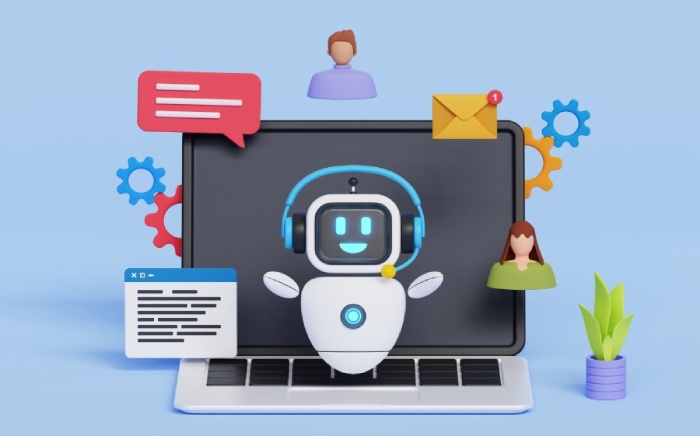
An impressive 80% open rate from cold emails generated by SmartWriter showcases just how effective personalized communication is in capturing attention. This statistic reflects real-life successes that businesses have achieved through customization. As we know, personalization is key in modern marketing strategies, and AI tools facilitate this by allowing marketers to blend efficiency with a human touch.
It’s essential to recognize how these features play a pivotal role in the outreach process.
Imagine being able to generate multiple versions of an email from just one input; this is precisely what SmartWriter accomplishes. The prospecting process becomes seamless as it gathers relevant data from various sources—like LinkedIn or Crunchbase—and uses this information to create meaningful content. This capability enables sales teams to reach potential clients with highly personalized messaging that resonates, thereby increasing engagement rates significantly.
Effective outreach isn’t just about sending more emails; it’s about sending the right emails at the right time, which is where AI shines.
As we continue exploring the practical benefits, let’s consider how ongoing automation can evolve the entire marketing framework.
Continuous improvement in outreach means that businesses using these tools are not merely sending automated messages—they are cultivating relationships. The data-driven insights provided allow for informed decision-making and improved follow-up strategies, fostering connections based on real-time interaction feedback. This shift from quantity-focused approaches to quality-driven methods enhances customer relationships and encourages loyalty. Industry leaders note that implementing AI tools often leads to an average return on investment (ROI) of 300% within the first year, making this not just a smart choice but a strategic necessity.
By integrating AI tools into your outreach strategy, you’re not merely adopting new technology—you’re setting up a pathway for sustained growth and success.
Embracing AI outreach tools empowers organizations not only to enhance operational efficiency but also to improve marketing effectiveness. With features designed to personalize every interaction and generate valuable insights, businesses can position themselves ahead of the competition while remaining connected with clients on a personal level. Moving forward into an increasingly automated future provides an opportunity for those who leverage these innovations to drive conversions and build lasting connections.
With this understanding of the transformative impact of automation, let’s explore the specific functionalities that make these tools indispensable for marketers today.

Key Features of AI Outreach Solutions
AI outreach tools come with various features designed to enhance efficiency and engagement, each playing a pivotal role in streamlining marketing efforts. One standout component is Natural Language Processing (NLP). This technology enables these tools to comprehend and generate human-like text, allowing for the crafting of personalized and engaging messages tailored to individual recipients.
For instance, SmartWriter has demonstrated remarkable effectiveness with an astonishing 80% open rate for cold emails generated through its NLP capabilities. The ability to employ language that resonates with potential clients not only captures attention but fosters communication with a more personal touch.
In addition to NLP, another crucial feature is Data Aggregation.
Data aggregation allows outreach tools like Outreach to synthesize information from multiple sources such as LinkedIn, Google News, and Crunchbase. This feature empowers marketers to craft their outreach initiatives through well-informed strategies tailored specifically to the needs and interests of their target audiences. By combining data from these platforms, you can develop content that speaks directly to prospects’ challenges and goals, making your outreach significantly more relevant and compelling.
| Feature | Benefits |
| NLP | Improved message personalization |
| Data Aggregation | Better audience targeting |
| Automation | Time-saving on repetitive tasks |
| Real-time Analytics | Immediate campaign performance insights |
Another prominent feature worth highlighting is automation, which saves valuable time by handling repetitive tasks.
Automation stands as an anchor in the efficiency provided by AI outreach tools. It allows users to streamline processes such as sending follow-up emails or scheduling outreach campaigns, alleviating the burden of mundane tasks so you can focus on more strategic initiatives. Instead of manually tracking conversations and follow-ups, automation can seamlessly manage these functions for you, ultimately leading to increased productivity and fewer missed opportunities.
Lastly, the feature of real-time analytics cannot be overlooked.
With real-time analytics integrated into these tools, marketers gain immediate insights into campaign performance. This live feedback loop allows you to adjust strategies on the fly—whether that means tweaking messaging based on open rates or identifying which channels are performing best. These insights pave the way for data-driven decision-making and effective multi-channel integration.
Grasping how these innovative features integrate into your marketing strategy sets the stage for enhancing your outreach effectiveness and achieving new heights in engagement.
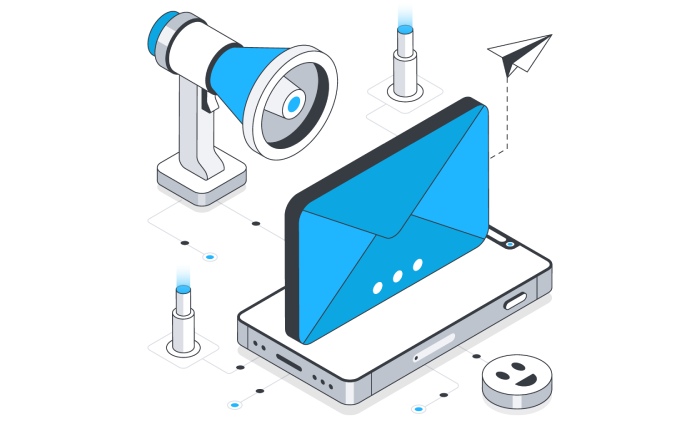
Maximizing Marketing Efficiency with AI
In today’s fast-paced digital world, AI outreach tools bring a remarkable transformation to marketing strategies. By taking over routine tasks, these tools enhance messaging and enable marketers to prioritize what truly matters: developing high-level strategies and fostering genuine connections. Imagine having more time to brainstorm new campaigns or analyze data insights; this is precisely what AI offers. Automating repetitive tasks frees marketers from monotonous work, allowing for creative thought and strategy development.
Automated Follow-ups
One notable feature of AI in these outreach tools is automated follow-ups, which ensures that timely communication remains consistent with potential leads. This aspect cannot be overstated because prompt follow-ups dramatically increase the likelihood of conversions. For instance, algorithms can track engagement levels and suggest when to send follow-up emails based on previous interactions, ensuring no lead feels neglected.
“Time is money,” they say, and with efficient follow-up mechanisms in place, businesses save precious hours previously spent manually managing communications.
While automation enhances efficiency, some may worry about losing that personal touch in outreach efforts. It is true that relying solely on automated messages can sometimes make communications feel generic. Yet, many argue that by standardizing best practices through automation, marketers can create a consistent and professional experience for their audience. This balance—leveraging automation for efficiency while personalizing interactions based on data—is key to enhancing overall marketing effectiveness.
With the understanding of how AI revolutionizes daily tasks in marketing operations, let’s explore which specific instruments can help you harness these capabilities fully.
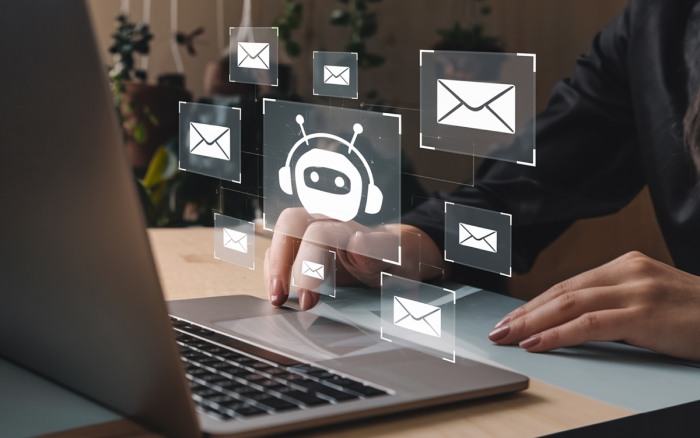
Top AI Outreach Tools in the Market
Several AI outreach tools stand out due to their advanced capabilities, and selecting the right tool can make a significant difference in your marketing efforts. One of the most notable contenders is Outreach. This platform is renowned for its comprehensive AI-powered workflows that streamline outreach processes effectively. With its real-time assistance feature, Kaia, it offers sales teams personalized support during interactions, which fosters an environment where every engagement feels tailored to the recipient’s needs.
Another potent player in the market is SmartWriter, which specializes in natural language generation. The platform’s primary strength lies in crafting exceptionally engaging cold emails that resonate with readers. By using data-driven approaches to fine-tune messaging, SmartWriter achieves impressively high open rates. For anyone looking to enhance their email marketing efforts, this tool could be a real game-changer.
Speaking of user-friendly solutions, HubSpot deserves mention for its intuitive interface combined with robust analytics. Many businesses appreciate HubSpot’s ability to provide actionable insights into campaign performance, helping teams understand what works and what doesn’t. This level of transparency ensures that marketers can pivot strategies quickly based on real-time data rather than waiting for retrospective analysis.
“I sleep better with Outreach,” says JP Cheung from Rootly, expressing how much confidence he gains from utilizing the tool. Knowing that their marketing team has reliable support makes a world of difference.
These tools collectively illustrate the evolving landscape of AI in lead generation—each one has unique features designed to help businesses optimize their outreach efforts. As you explore these options, it’s essential to consider how they align with your company’s specific needs and goals. This alignment will ensure you harness the full potential of these platforms effectively.
Understanding the tools is just the beginning; implementing structured workflows can further optimize their usage and amplify your results. Let’s now explore how to leverage these resources effectively to achieve top-notch outreach success.
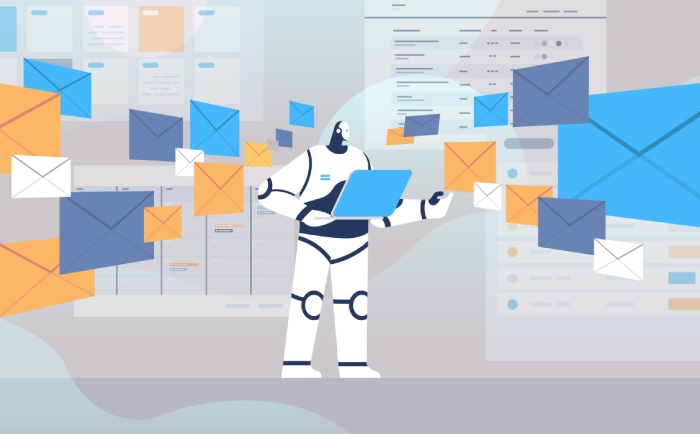
Best Practices for AI-Driven Outreach
To truly leverage the power of AI in your marketing strategy, segmentation and personalization should be front and center. Always segment your audience based on specific criteria such as demographics, interests, or engagement history. This targeted approach enables you to tailor each message precisely to your audience’s preferences.
In fact, by using AI insights to analyze behavior patterns, you can craft messages that speak directly to the unique needs of different segments. But it doesn’t stop there; personalization is crucial in making your outreach stand out in an overcrowded inbox.
It’s beneficial to remember that personalizing your outreach doesn’t mean starting from scratch for every email. Rather, it means using technology like SmartWriter that creates multiple versions of a message based on one input. Furthermore, employing A/B testing can provide invaluable feedback. By experimenting with different subject lines or content formats across various segments, you gain insight into what resonates best with each group.
Speaking of adjustment, continuous monitoring is another pillar of effective outreach strategies.
Utilize real-time analytics not just as a box to check off but as a pivotal tool for enhancing your campaigns. Monitoring performance metrics allows you to gauge how well your messages are landing and whether specific segments are responding positively or negatively.
For instance, if one segment shows higher engagement rates than another, it might be worth analyzing what’s working there and adjusting your strategy accordingly.
Regularly revisiting and refining your approach can ensure that you’re consistently adapting to market shifts and audience behaviors. Unlike traditional marketing efforts that may take weeks or months to adjust based on results, AI allows for swift modifications based on instantaneous feedback.
Whether it’s pivoting your content, altering your delivery times, or even switching up your tone, real-time adjustments help maintain relevance and efficacy in your communications.
Implementing these practices can lead to success stories worth sharing. Next, we’ll explore impressive examples that highlight the impact of these strategies in action.
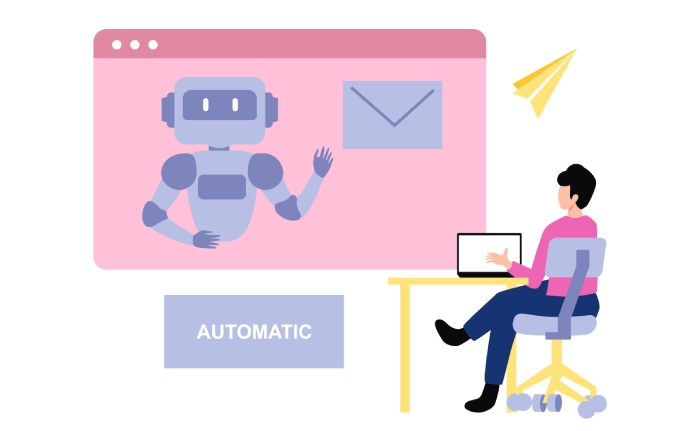
Real-world Success Stories
Companies around the globe have embraced outreach automation, and the results speak volumes. For instance, Worldpay has successfully utilized Outreach to create personalized customer experiences that not only capture attention but also enhance loyalty. This is a fundamental shift in how companies interact with their clients. Deepak Seelam, a representative of Worldpay, emphasized this transformation when he said, “With Outreach, we’re crafting experiences that align perfectly with our customers’ needs.” This dedication to understanding and addressing customer desires is essential in today’s competitive market.
As we reflect on these experiences, it’s helpful to consider the broader implications for businesses aiming to adopt similar strategies.
Results like these aren’t isolated incidents; they represent a larger trend among businesses that report closing over 2 million prospects every month using AI-powered outreach tools. This staggering figure underscores the effectiveness of automating repetitive tasks through innovative technology.
The implications for sales teams are significant, as they can shift their focus from mundane activities to engaging genuinely with prospects. Imagine your sales team spending less time on administrative tasks and more time strategizing how to meet client needs. That’s the future these tools promise—a more efficient way of working that enhances productivity.
Furthermore, utilizing generative AI for account research and personalized messaging allows sales representatives to tailor their communication in a way that feels authentic. This personalization builds trust and respect between the company and its clients, laying the groundwork for long-term relationships.
As we analyze these success stories, think about how such outcomes can be replicated across various sectors.
Adopting AI-driven outreach tools isn’t merely about keeping up with trends; it’s about unlocking new potential. By simplifying complex processes and allowing sales teams to work smarter rather than harder, companies can leverage their existing resources more effectively.
If you’re considering implementing an outreach tool or are already using one, remember that continuous assessment and adaptation are essential. Learning from these real-world successes can help inform your strategy, ensuring you not only stay competitive but lead in your industry.
With these insights into successful implementations, it becomes clearer how advancements in technology are shaping future opportunities within this realm.

Future Trends in AI Outreach
AI technology evolves rapidly, bringing new trends to the forefront. As this evolution continues, businesses are presented with opportunities to improve their outreach efforts significantly.
One area where we can expect notable advancements is in enhanced personalization. By harnessing advanced algorithms and machine learning capabilities, AI will analyze a multitude of data points, from past interactions to buying behaviors. This means that outreach messages will become even more tailored to individual preferences, capturing the attention of potential clients in a crowded marketplace. Imagine getting emails that resonate deeply with your specific needs rather than generic pitches that easily get lost in your inbox.
Furthermore, as companies lean into these advancements, integration becomes vital.
The future looks toward integrated systems where AI tools seamlessly connect with Customer Relationship Management (CRM) platforms. In this integrated environment, teams will benefit from having all necessary information at their fingertips—data such as previous communications, prospect preferences, and engagement history. This cohesion can lead to more informed decision-making and a streamlined process for nurturing leads throughout their journey. Knowing when and how to reach out becomes instinctual thanks to real-time insights generated by these systems.
It’s a significant shift toward efficiency that should not be underestimated.
Alongside enhanced personalization and integrated systems lies the trend of increased automation. Traditional methods often required substantial manual input to maintain leads over time. However, as automation covers more aspects—from initial contact through follow-ups—the role of sales representatives shifts from simply executing tasks to strategic thinking and relationship building. Automated responses based on specific triggers mean prospects receive timely communication without human oversight at every step, allowing sales teams to focus on crafting genuine connections instead of drowning in routine tasks.
With these innovations unfolding before us, it’s crucial to recognize their impact on maintaining a competitive edge.
By understanding and embracing these emerging trends within AI outreach, companies can not only adapt but thrive in a marketplace defined by rapid change. Regularly assessing how new technology influences customer behavior and adjusting strategies accordingly will prove essential for sustained success.
The path forward promises intriguing possibilities; leveraging AI effectively could redefine relationships with clients while optimizing internal processes like never before.
How do AI outreach tools compare with traditional outreach methods in terms of results?
AI outreach tools outperform traditional methods by offering higher efficiency and personalization, leading to better engagement rates. While traditional outreach often sees response rates of around 1-5%, AI-driven approaches can increase this to 10-20% through targeted messaging and automated follow-ups. Additionally, these tools analyze data in real-time, allowing marketers to adapt strategies swiftly, ultimately resulting in a more streamlined and effective marketing process.
What features should I look for in an effective AI outreach tool?
When evaluating an effective AI outreach tool, prioritize features such as advanced targeting capabilities, automated personalized messaging, and data analytics integration. These functionalities enhance user engagement; for instance, personalized emails can boost open rates by up to 29%. Additionally, look for tools that offer seamless CRM integration to streamline your outreach process and facilitate better lead management. Remember, the right combination of automation and personalization can significantly elevate your marketing efforts and ROI.
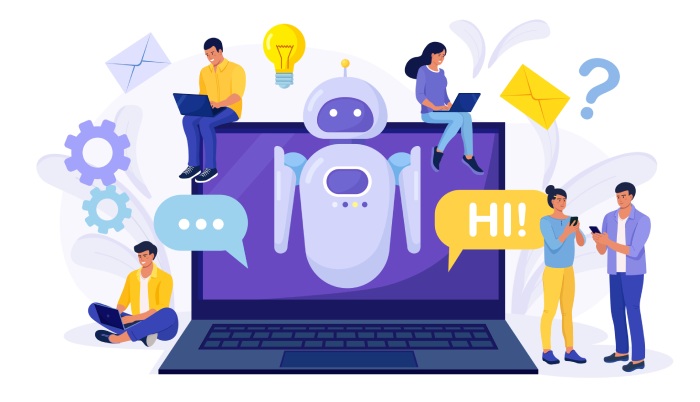
Are there any case studies demonstrating success with AI outreach tools?
Yes, numerous case studies illustrate the success of AI outreach tools in marketing. For example, a leading e-commerce company reported a 40% increase in conversion rates after implementing an AI-driven email outreach strategy, such as Nureply, that personalized content based on user behavior. Additionally, a study by Salesforce found that businesses leveraging AI for marketing automation saw a 30% boost in productivity and a 25% increase in lead generation efficiency, showcasing the significant impact these tools can have on overall marketing success.
How can AI outreach tools improve the efficiency of my marketing campaigns?
AI outreach tools can significantly enhance the efficiency of your marketing campaigns by automating repetitive tasks, personalizing communication, and analyzing data in real-time. For instance, studies show that businesses utilizing AI-driven tools can increase their lead generation by up to 50% while reducing operational costs by 30%. By streamlining targeting and messaging through advanced algorithms, these tools ensure that your marketing efforts are not only faster but more effective, allowing for tailored outreach that resonates with your audience.
What are the potential drawbacks or limitations of using AI for outreach?
While AI can significantly enhance marketing outreach by automating processes and personalizing communications, it does come with potential drawbacks. One major limitation is the risk of over-reliance on automated tools, which can lead to a lack of authentic human connection; a study indicated that 70% of consumers prefer personalized interactions with real people over automated responses. Additionally, AI may misinterpret customer intent or sentiment, resulting in ineffective communication strategies. Lastly, ethical concerns surrounding data privacy and algorithmic bias must be carefully navigated to maintain customer trust and compliance with regulations.


